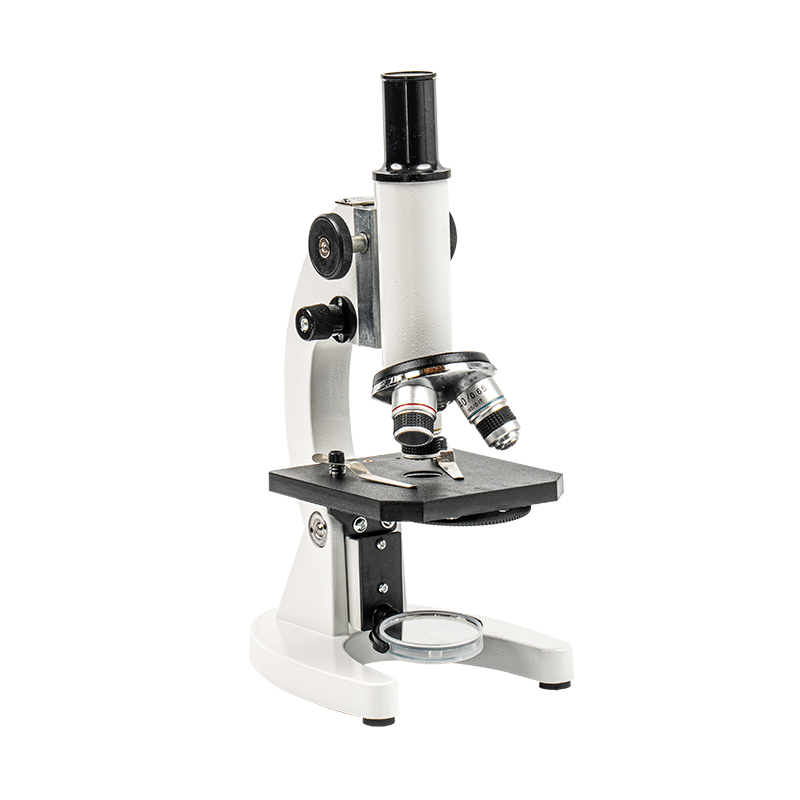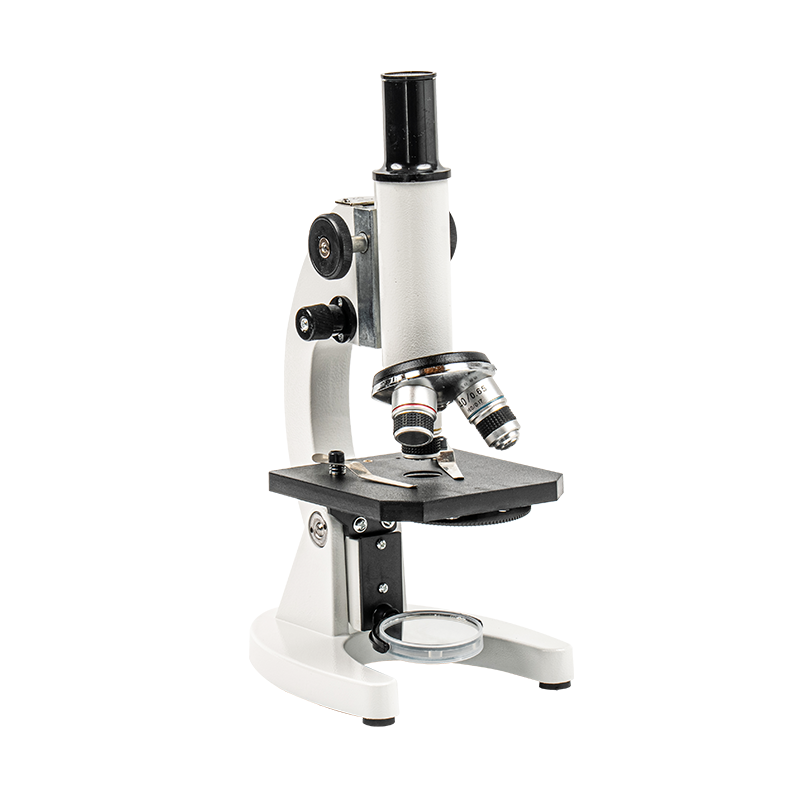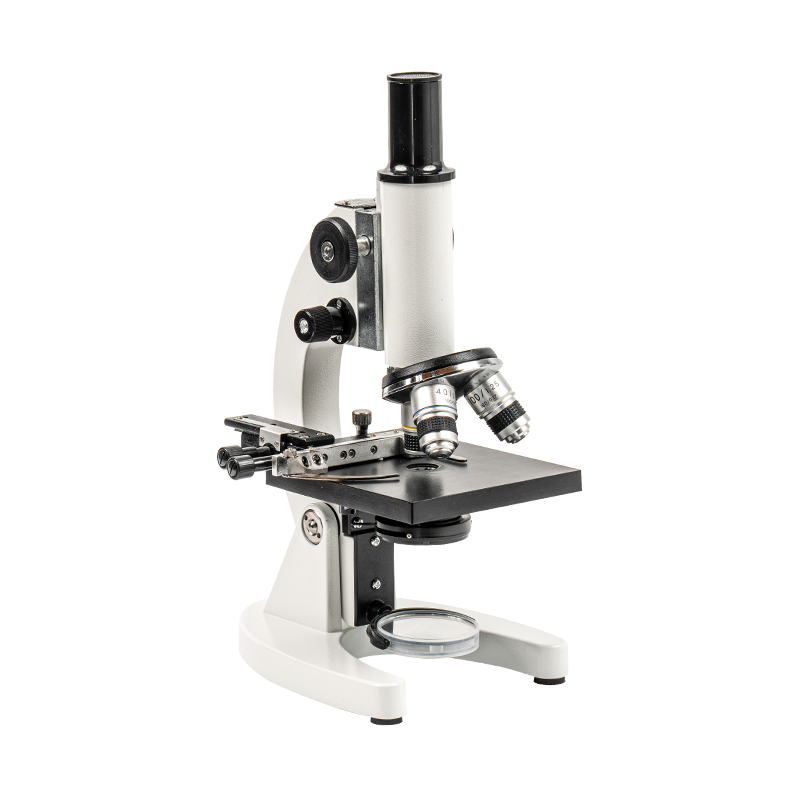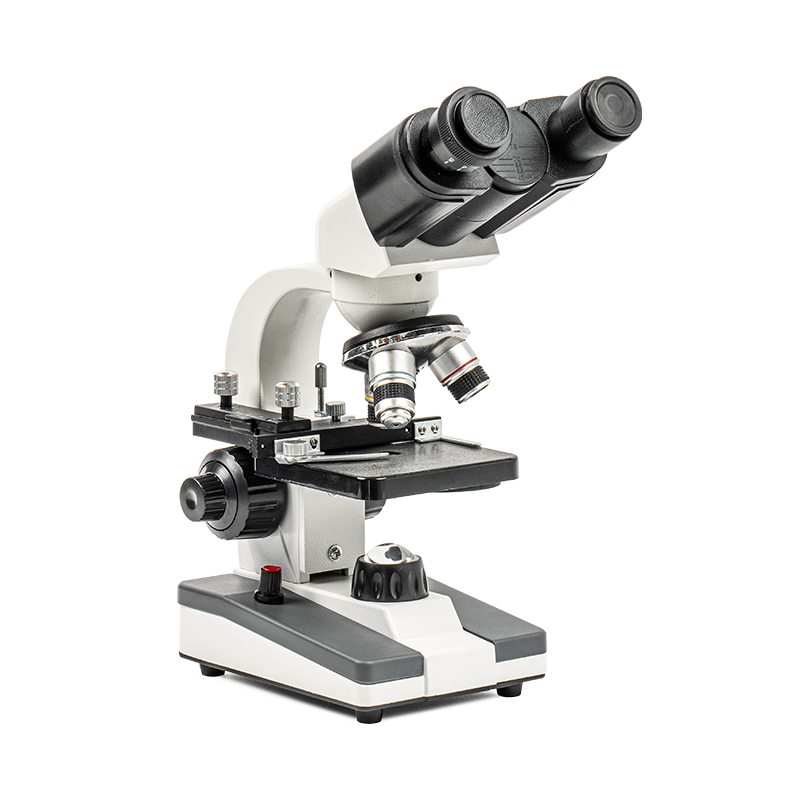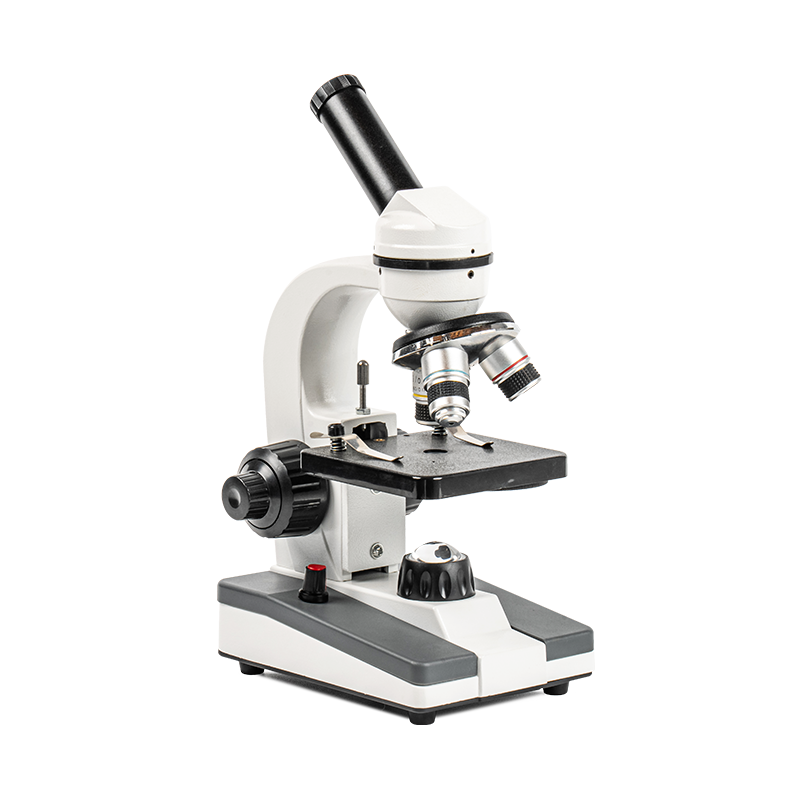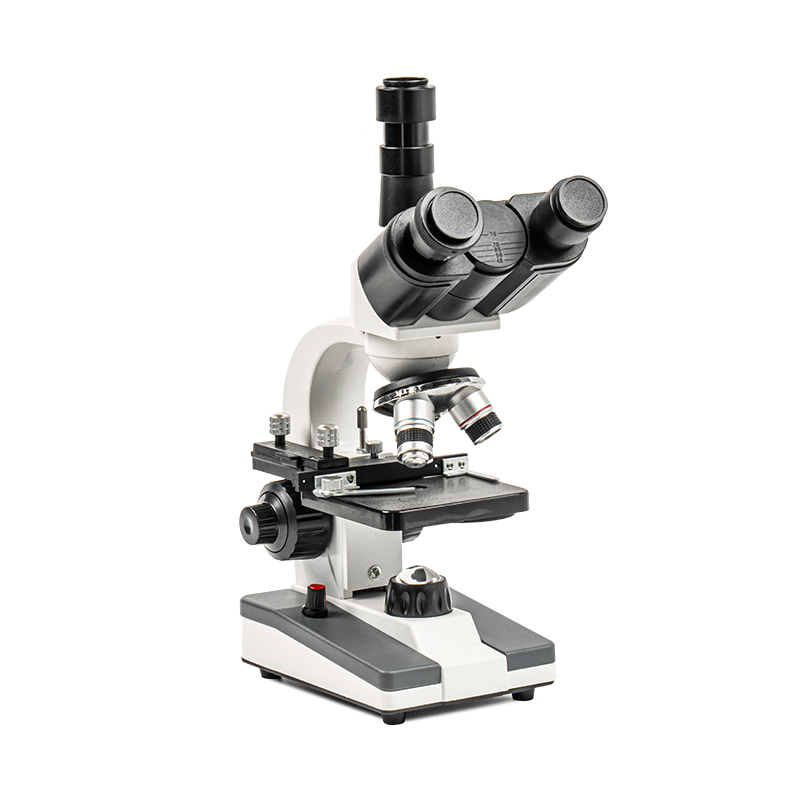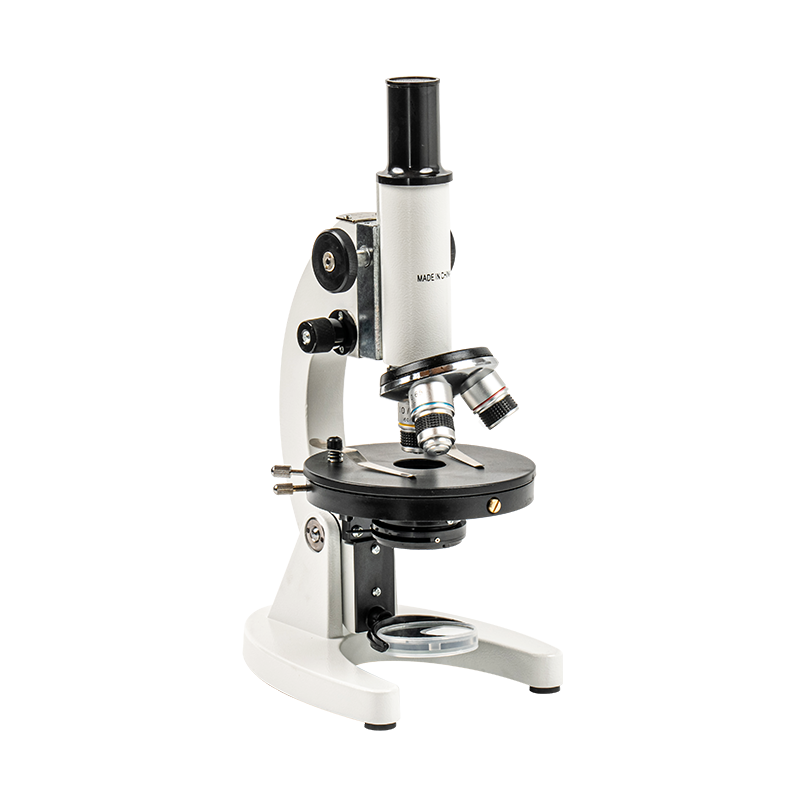In the realm of magnification tools, microscopes are invaluable for a range of activities. While high-powered compound microscopes are often used in the study of biological specimens, stereo microscopes with a 20-40x magnification range offer a unique advantage. These microscopes are ideal for providing three-dimensional (3D) views that allow users to examine objects in their full depth and detail, making them indispensable for hobbyists and professionals alike.
Whether you’re a craft enthusiast who loves working on intricate projects or a professional in need of precision for delicate tasks, a stereo microscope 20-40x provides unmatched benefits. Among its many advantages, one key feature stands out—the ability to offer comfortable, extended viewing with minimal eye strain. This specific benefit is what makes the stereo microscope especially useful for long working hours, detailed observations, and activities requiring fine precision.
Let’s delve into why this microscope is essential for both hobbyists and professionals, and why it is a must-have tool in various fields.
Content
Ideal for 3D Viewing and Detailed Observation
Before diving into the comfort aspect, it’s important to understand the fundamental advantages that a stereo microscope brings to the table: the ability to view objects in three dimensions. This is a critical feature when you need to examine the depth, texture, and contours of an object.
Traditional monocular microscopes, which use a single lens, provide a flat, two-dimensional image. However, a stereo microscope offers a binocular setup (dual eyepieces) that mimics natural human vision, providing a stereoscopic view that reveals the depth of objects. This makes it much easier to assess shapes, sizes, and surface details of small objects in a more intuitive way.
The 20-40x magnification range is particularly suited for activities where fine details matter, but extremely high magnification isn’t necessary. This is perfect for hobbyists engaged in model building, coin collection, stamp collection, and botany, where they need to see both the overall structure and smaller details simultaneously.
Professionals in fields such as electronics, jewelry making, and forensics also rely on stereo microscopes for their ability to magnify objects while maintaining 3D depth perception. For example, jewelers use the microscope to inspect gemstones for flaws and determine the cut and clarity of stones, while electronics technicians inspect tiny printed circuit boards (PCBs) for issues like broken connections or soldering defects.
Overall, the 3D viewing aspect of stereo microscopes sets them apart from other microscopes in terms of real-world applicability.
Comfortable, Extended Viewing with Less Eye Strain
Now, let’s dive deeper into one of the most significant advantages of stereo microscopes—comfort. When using microscopes for extended periods of time, especially on detailed tasks, eye strain can become a major issue. Prolonged focus on small objects with poor ergonomics can result in discomfort, headaches, or even blurred vision.
The stereo microscope 20-40x, however, is specifically designed to minimize eye strain, making it ideal for long-term use. The key feature here is the binocular eyepiece that provides natural, two-eyed viewing. Unlike monocular microscopes, which require you to squint through a single lens, stereo microscopes allow both eyes to comfortably focus on the image, reducing the fatigue that comes from using one eye for long durations.
This binocular design helps in relieving pressure on the eyes and prevents the need to constantly adjust focus or squint. In addition, the depth perception provided by the 3D viewing system allows you to focus on a wider field of view, making it easier to observe and interact with the specimen without losing track of key features.
For hobbyists, this is an essential benefit. Whether you’re working on a detailed miniature sculpture, organizing rare coins, or sorting seeds in a botanical study, being able to view your subject matter comfortably for hours on end can make a huge difference in the quality of your work and your overall enjoyment.
For professionals, the comfort factor is equally important, particularly when performing meticulous tasks. Jewelers, for instance, often spend hours inspecting tiny facets of gemstones or delicate pieces of jewelry. Without proper ergonomics, this could result in discomfort and potentially lower the quality of their work due to fatigue. Similarly, electronics technicians who repair or inspect small components on circuit boards benefit from the ability to work long hours without the need to constantly take breaks due to eye strain. This means they can complete tasks faster and with more precision.
Reducing Neck and Back Strain
While eye strain is a major concern when using traditional microscopes, neck and back strain can also be a significant issue, especially when the microscope’s working distance is too short. Working in an uncomfortable posture can lead to long-term health issues, particularly if the task requires hours of focused effort.
Stereo microscopes are designed to alleviate these concerns with their ergonomic setups. The ability to adjust both the magnification and working distance (how close or far the object is from the lens) means you can comfortably position yourself while using the microscope. Many stereo microscopes come with adjustable stands and tilt features, allowing the user to find a position that minimizes strain on the neck, back, and eyes. This makes them a much better option for extended sessions compared to traditional, more rigid microscopes.
Perfect for Low to Medium Magnification Needs
The stereo microscope 20-40x hits the sweet spot for low to medium magnification needs. While high-powered compound microscopes are essential for studying cells, microorganisms, or tissues, the 20-40x range provides sufficient magnification for a variety of hands-on tasks that require detailed inspection but don’t need extreme magnification.
For hobbyists, this range is perfect for a variety of activities, including:
-
Rock and mineral collection: Examining crystal structures or mineral inclusions requires a stereo microscope that provides both magnification and depth.
-
Model building: Seeing small details on models, such as individual parts or textures, can be done with ease.
-
Stamp or coin collection: Identifying rare stamps or coins, inspecting their texture, and evaluating their condition can be easily done at this magnification level.
For professionals, the 20-40x magnification is particularly useful for tasks like PCB inspection, jewelry crafting, or forensic analysis, where the working distance and clarity are essential for completing intricate tasks, but higher magnifications aren’t necessary. This makes the stereo microscope both a cost-effective and versatile tool for both personal and professional use.
Versatility Across Multiple Industries
The stereo microscope 20-40x is incredibly versatile. Whether you’re engaged in a hobby or a professional field, this microscope can be applied to a wide variety of industries and uses:
-
Hobbyists use it for:
-
Fossil collection: Exploring the fine details in fossilized specimens.
-
Botany: Examining the finer structures of plants and flowers.
-
Crafting and model building: Painting and detailing miniatures, as well as assembling small model parts.
-
-
Professionals use it for:
-
Electronics: Inspecting small components, soldering, and fixing circuit boards.
-
Jewelers: Analyzing gemstones and inspecting for cuts, inclusions, or flaws.
-
Forensic scientists: Investigating crime scene evidence, examining fibers, and evaluating small traces of evidence.
-
The ability to provide 3D vision at affordable magnification levels has made stereo microscopes a key tool for multiple industries.

 English
English Español
Español عربى
عربى 中文简体
中文简体